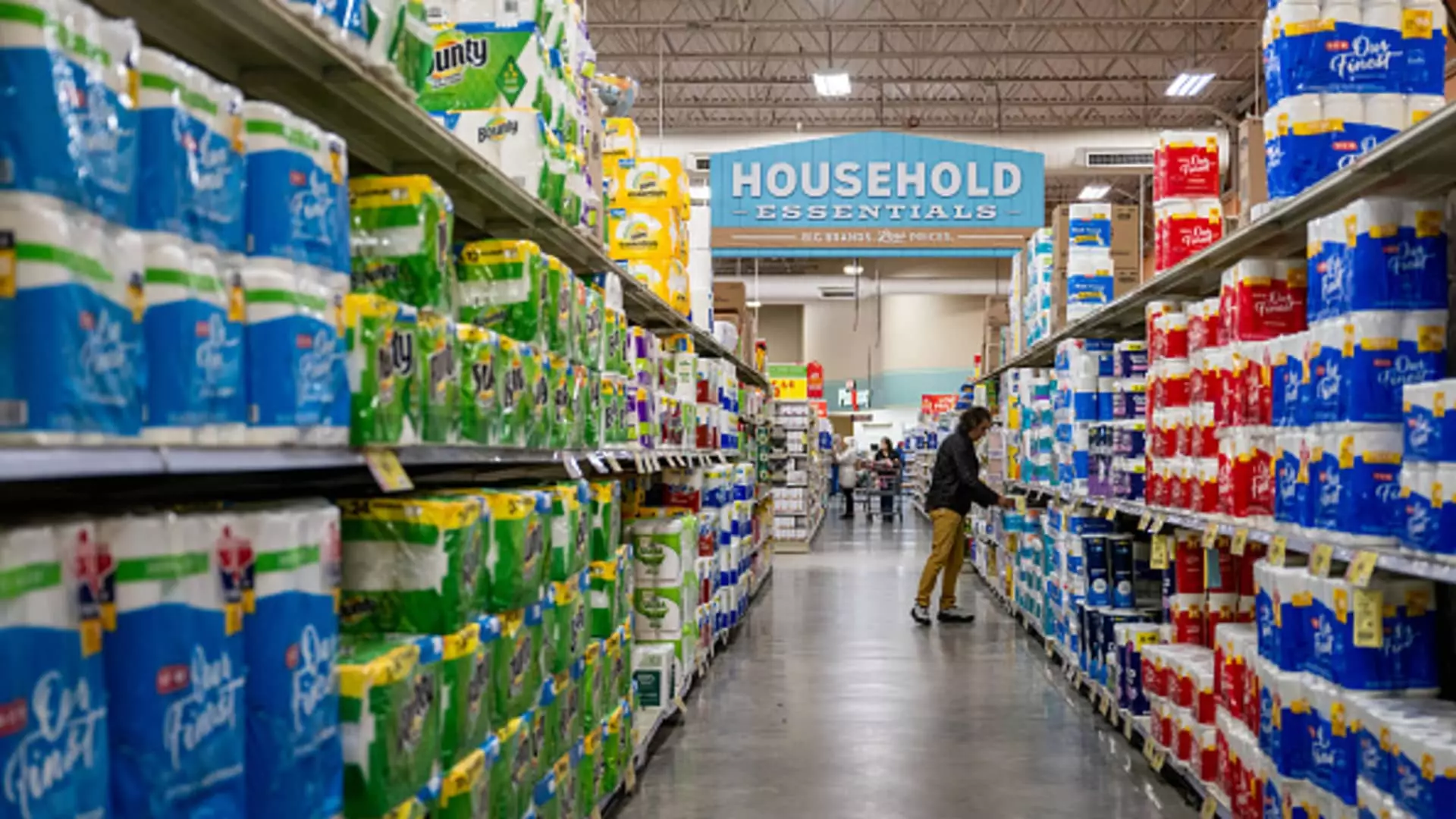As the Trump administration implements new tariffs on a wide array of imports, it is crucial to consider how these policies harm everyday consumers. The intention behind the tariffs is to protect American jobs by encouraging domestic production, but the reality is much more complex and, frankly, troubling. As tariffs on goods—such as coffee, bananas, vanilla, and even toilet paper—come into effect, the average shopper is poised to feel a strain on their wallet. While the notion of “America First” rings heroically for many, it appears to be a simplistic approach that overlooks foundational economic realities.
When the government slaps tariffs on imports, it often leads to higher prices for essential goods, affecting consumers across the board. If the goal is genuinely to bolster American businesses, then why are we allowing tariffs to escalate costs for products that simply cannot be domestically sourced? Take coffee, for instance. The U.S. climate is not conducive to coffee cultivation, yet we are asked to support policies that make its importation more expensive. This raises a critical question: who exactly is benefiting from this initiative, and at what cost?
Ignoring the Complexity of Global Supply Chains
The Consumer Brands Association (CBA) has made it clear that some ingredients are irreplaceable and cannot be sourced domestically. This should give us pause; we cannot rally behind a one-size-fits-all policy that fails to acknowledge these complex supply chains. Commerce Secretary Howard Lutnick’s dismissive stance on exemptions for certain goods raises eyebrows. By ignoring the legitimate concerns about ingredient and input availability, we risk unintentionally crippling sectors of our economy that depend on imports.
For example, Madagascar is responsible for producing over three-quarters of U.S. vanilla imports, and yet a staggering 47% tariff will inevitably inflate prices—and consumers will pay the price at the counter. Spices, which are often overlooked in broader economic discussions, may become prohibitively expensive for home cooks and bakers, leading to a significant shift in consumer behavior.
Furthermore, agriculture in the U.S. has changed dramatically over the decades. The fact that over 90% of oats milled in America now come from Canada—thanks to declining domestic production—should be alarming. The tariffs may shield some local farms for now, but they also create an unsustainable situation where domestic capacity is outstripped by demand.
Impact Beyond the Kitchen
The repercussions extend far beyond our grocery bills and into the household staples that many take for granted. Toilet paper, diapers, and personal care items are among the many essentials set to see increased prices due to higher tariffs on imported materials like wood pulp and palm oil. The upcoming 32% duty on palm oil from Indonesia is an alarming statistic that threatens to strain budgets; people rely on these products daily.
While financial markets fluctuated, with consumer staples showing surprising resilience amid broader market woes, we must be cautious not to disregard the consequences of these policies. Sure, the stocks of major players like Procter & Gamble and Coca-Cola may rise temporarily, but if consumers can’t afford basic necessities, how sustainable is this growth?
A Call for Pragmatism
In light of these developments, a call for more nuanced and pragmatic trade policy is in order. While the sentiment behind “America First” is commendable, the execution reveals glaring flaws. Is it too radical to suggest adapting our tariffs to reflect the realities of our economy, rather than enforcing blanket measures that might serve to worsen conditions for hardworking Americans?
American manufacturers can thrive, but they require a supportive framework that recognizes their dependence on international suppliers. The solution lies not in isolationist tactics but in cultivating a balanced approach to trade that enables growth without disproportionately penalizing consumers. If we truly want to see American companies succeed, then we must embrace a comprehensive trade strategy that addresses the complexities of modern economic landscapes. The alternative seems grim; the rising cost of living fueled by tariffs will inevitably hit the most vulnerable the hardest—those who may already be struggling to make ends meet.

